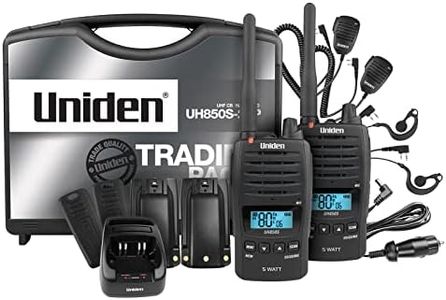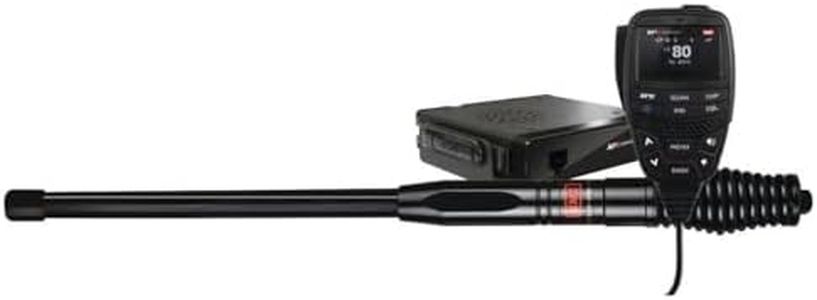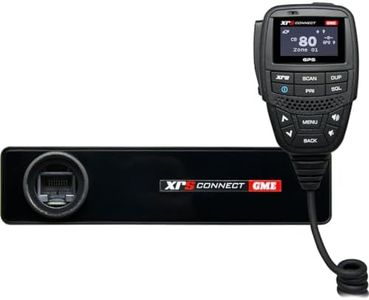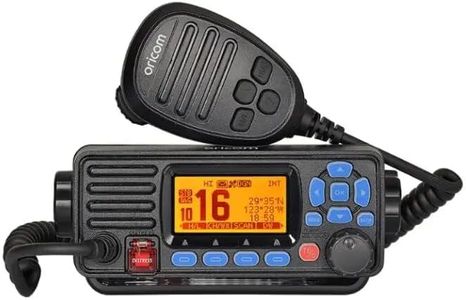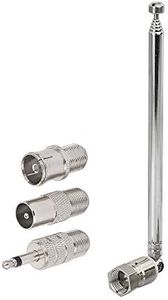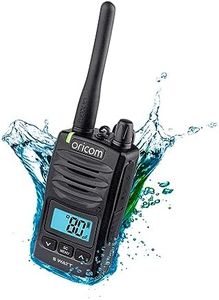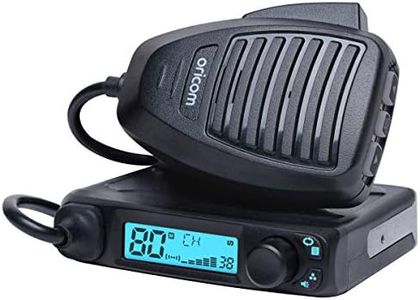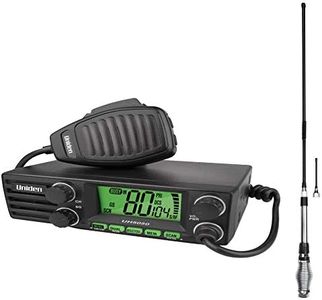We Use CookiesWe use cookies to enhance the security, performance,
functionality and for analytical and promotional activities. By continuing to browse this site you
are agreeing to our privacy policy
10 Best Reception Radios
From leading brands and best sellers available on the web.By clicking on a link to a third party's website, log data is shared with that third party.
Buying Guide for the Best Reception Radios
Choosing the best reception radio depends on how and where you plan to use it. Whether you're tuning in at home, on the go, during emergencies, or for hobby listening, thinking about your specific needs will help narrow down features. Consider the types of stations you want to access, whether portability is important, and the environments in which you might use your radio (indoors, outdoors, travel, etc.). Focusing on the key specs below will help you understand which features matter most for your intended use and ensure you get a radio that performs well in the situations you care about.Frequency BandsFrequency bands are the types of radio signals a receiver can tune into, such as AM, FM, SW (shortwave), LW (longwave), and sometimes weather or specific emergency channels. This matters because different bands carry different types of content—FM generally offers music and talk, AM is good for news and talk shows, while SW and LW are used for global broadcasts, especially in remote areas. Radios may support basic bands (just AM/FM), or several bands for broader coverage. If you just want local music and news, AM/FM is enough. If you’re interested in international broadcasts or want a backup during emergencies, a radio with SW and other bands is better.
Reception SensitivityReception sensitivity measures a radio's ability to pick up weak or distant signals. A more sensitive radio will allow you to hear stations that are far away or broadcast at lower power, which is important if you live in a rural area or want to catch as many stations as possible. Radios are usually divided into entry-level, standard, and high-sensitivity receivers. If you’re in a city with strong local signals, a basic radio will work fine, but in remote or variable locations, look for models known for high sensitivity.
Antenna Type and QualityThe antenna is crucial for signal strength and clarity. Some radios use built-in antennas, while others have telescopic or external antennas. In general, telescopic or external antennas offer better performance, especially on FM and shortwave bands. Fixed internal antennas are more compact but may not pull in distant stations as well. If portability is your main concern, an internal antenna could be enough, but for best reception, especially in challenging environments or with weak stations, an external or telescopic antenna is best.
Power OptionsPower options indicate how a radio is powered—by replaceable batteries, rechargeable batteries, or plug-in AC adapters. Some also offer hand-crank or solar charging for emergencies. This is important for portability and for use in situations where power sources may not be reliable. If you mostly listen at home, AC power is fine, but for travel, camping, or emergency preparedness, look for radios with versatile power options.
Portability and SizePortability refers to how easy it is to carry the radio. Radios range from small pocket-sized units to larger tabletop ones. Your choice depends on where you plan to use it—if you want a bedside or kitchen radio, size and weight don’t matter much, but for outdoor use, travel, or emergencies, compact and lightweight radios are more convenient.
Sound QualitySound quality determines how clear and enjoyable audio is. This is influenced by speaker size, clarity, and volume. Larger radios can have bigger and better speakers, while small units may sound tinny but are easier to carry. If your focus is on talk radio or emergency alerts, basic sound is likely sufficient, but for music enjoyment, look for radios praised for good sound quality.
Additional FeaturesExtra features like digital tuning, preset memory, alarm clock, and weather alert functions enhance usability. Digital tuning helps you find and store stations more precisely, while weather alerts can be life-saving in severe conditions. Some radios also have Bluetooth or auxiliary inputs to play music from your devices. Decide which of these matter to you; for everyday listening, basics may be enough, but if you want added convenience, extra features can be a real plus.


